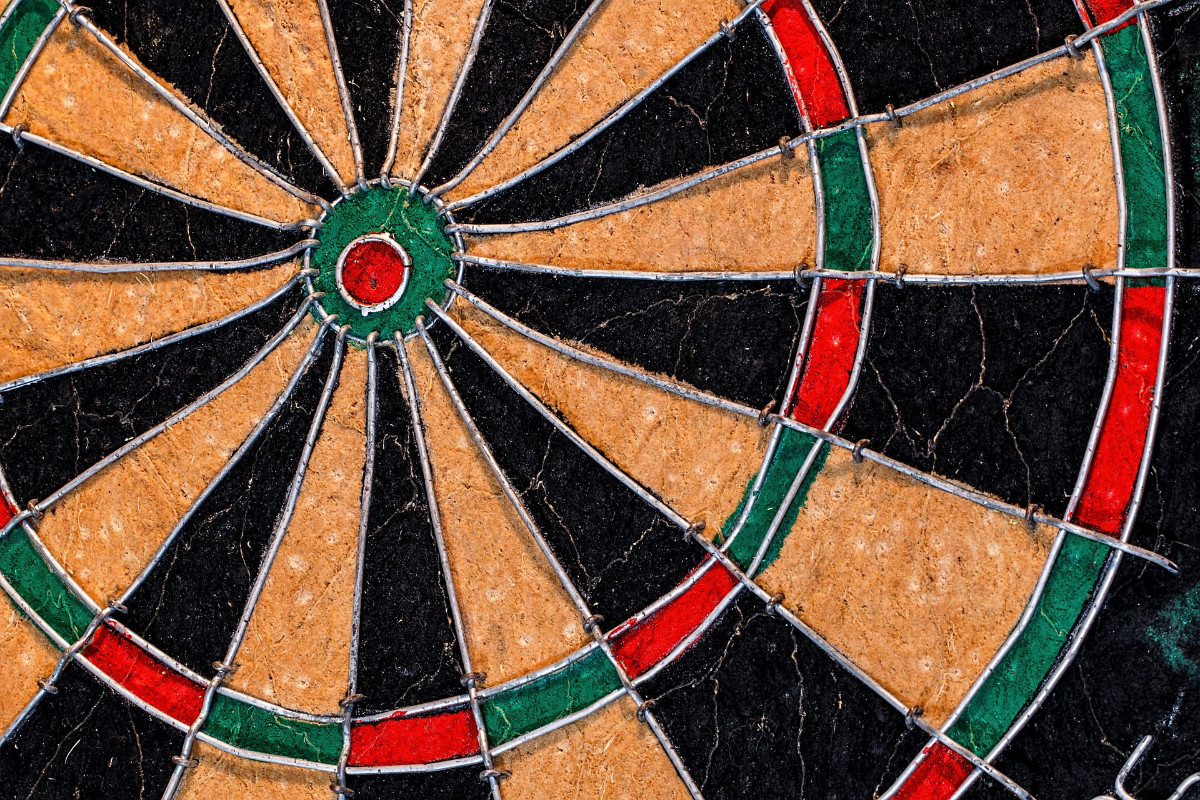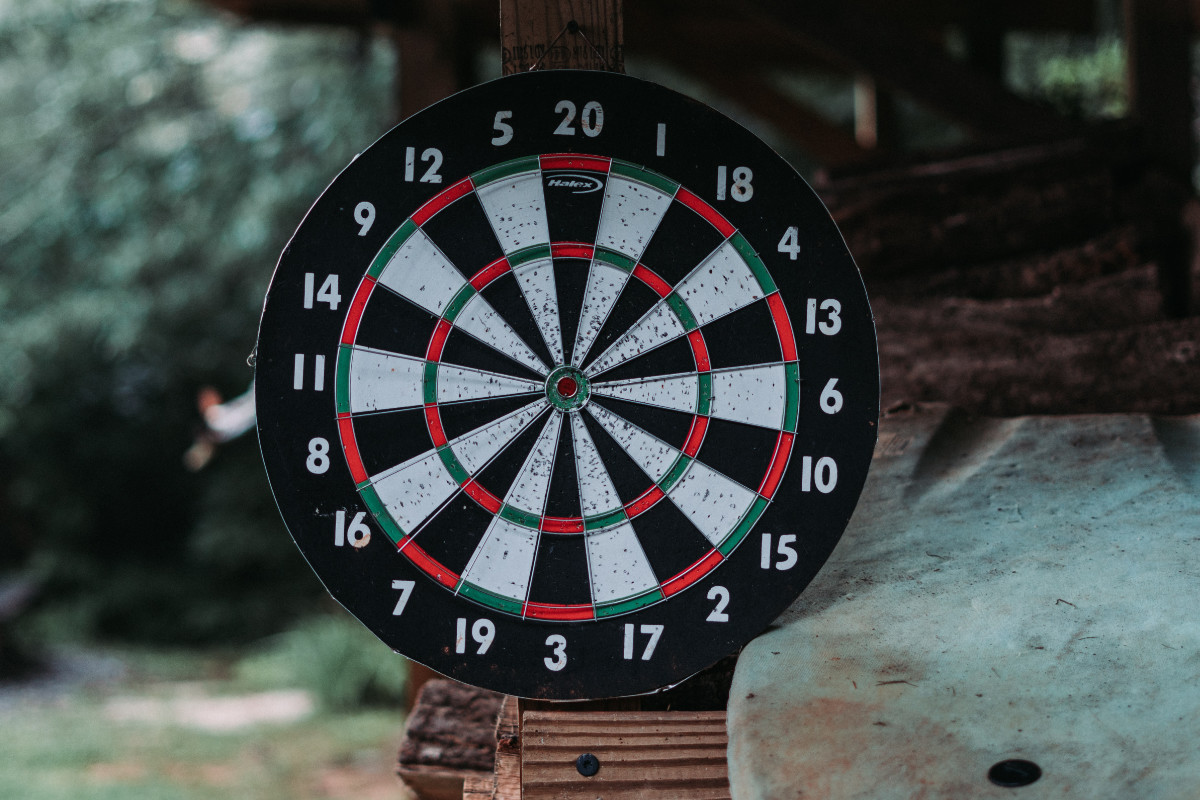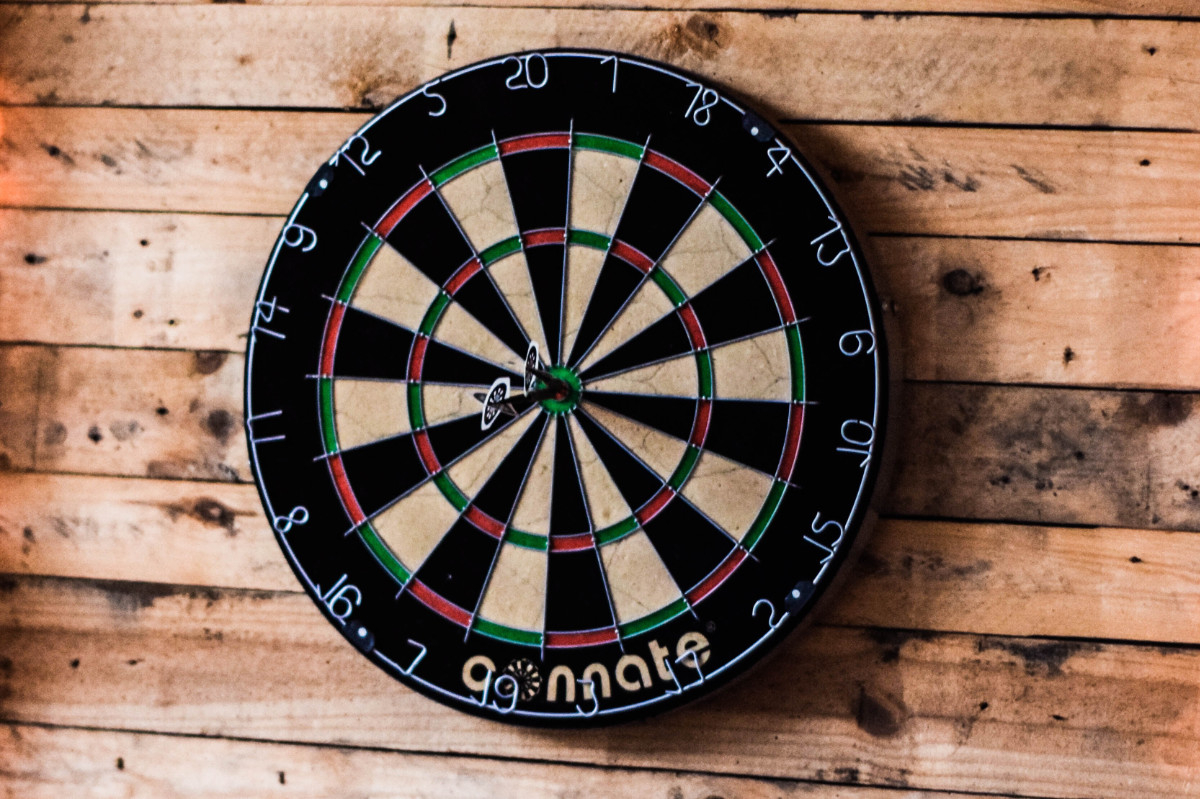Whether you’re an avid darts player or just an occasional pub visitor, you’ve likely noticed the distinctive color scheme of a dartboard. Have you ever wondered why those colors were chosen and what purpose they serve? In this blog post, we’ll explore the fascinating history and significance behind the colors on a dartboard, and how they impact the game of darts.
The Classic Dartboard Colors: Black, White, Red, and Green
Traditional dartboards are composed of four primary colors: black, white, red, and green. These colors have become synonymous with the game, and they serve both practical and historical purposes. Let’s take a closer look at each color and its role on the dartboard:
- Black and White: The alternating black and white segments divide the board into 20 equal scoring sections, numbered 1 to 20. These contrasting colors make it easier for players to distinguish between the different scoring zones and improve overall visibility during gameplay.
- Red and Green: The red and green colors are found in the double and triple rings, as well as the inner and outer bullseye. These vibrant hues draw attention to these higher-scoring areas and provide a clear visual distinction from the black and white segments.
The History Behind the Colors
The origins of the dartboard’s color scheme can be traced back to its early design. Dartboards were originally made from the end grain of a tree trunk, and the natural growth rings provided the inspiration for the segmented design. As the game evolved, color was added to make the board more visually appealing and to enhance the player’s experience.
It is believed that the red and green colors on the dartboard were chosen as a nod to British history and culture. Red is associated with the Tudor rose, the heraldic emblem of England, while green is linked to the House of Lancaster, one of the major factions in the Wars of the Roses. By incorporating these colors into the design, dartboard manufacturers created a symbolically rich and visually striking gamepiece.
The Impact of Colors on Gameplay
While the choice of colors on a dartboard has historical roots, it also serves a functional purpose in modern gameplay. The contrasting colors help players quickly identify high-scoring areas and can even influence strategy. For example, when aiming for the triple 20, the player’s eye is drawn to the bright red segment, improving their focus and accuracy.
Conclusion
The iconic colors of a dartboard are more than just an aesthetic choice; they carry historical significance and play a crucial role in the game of darts. By understanding the history and purpose behind the colors, players can appreciate the rich tradition of the sport and enhance their gameplay experience. Next time you step up to the oche, take a moment to marvel at the artistry and thought that went into creating the dartboard we know and love today.



